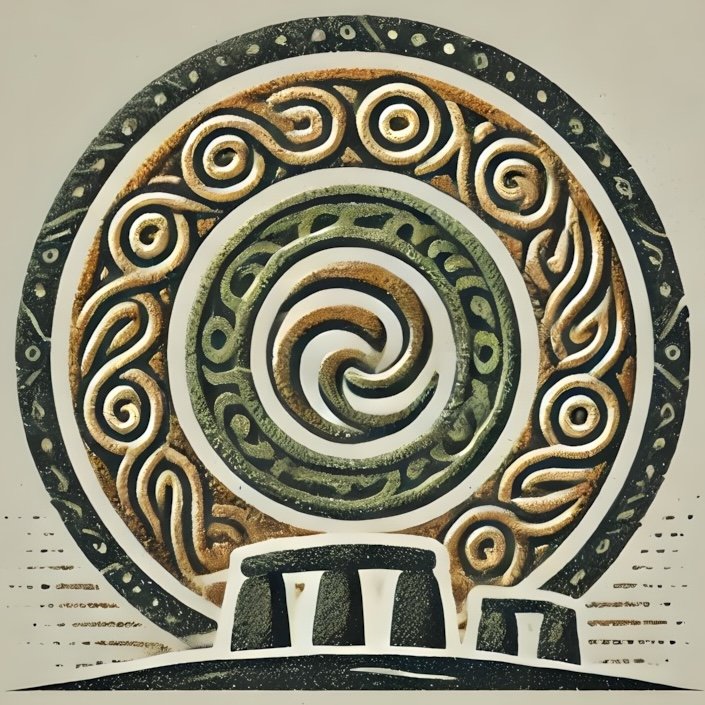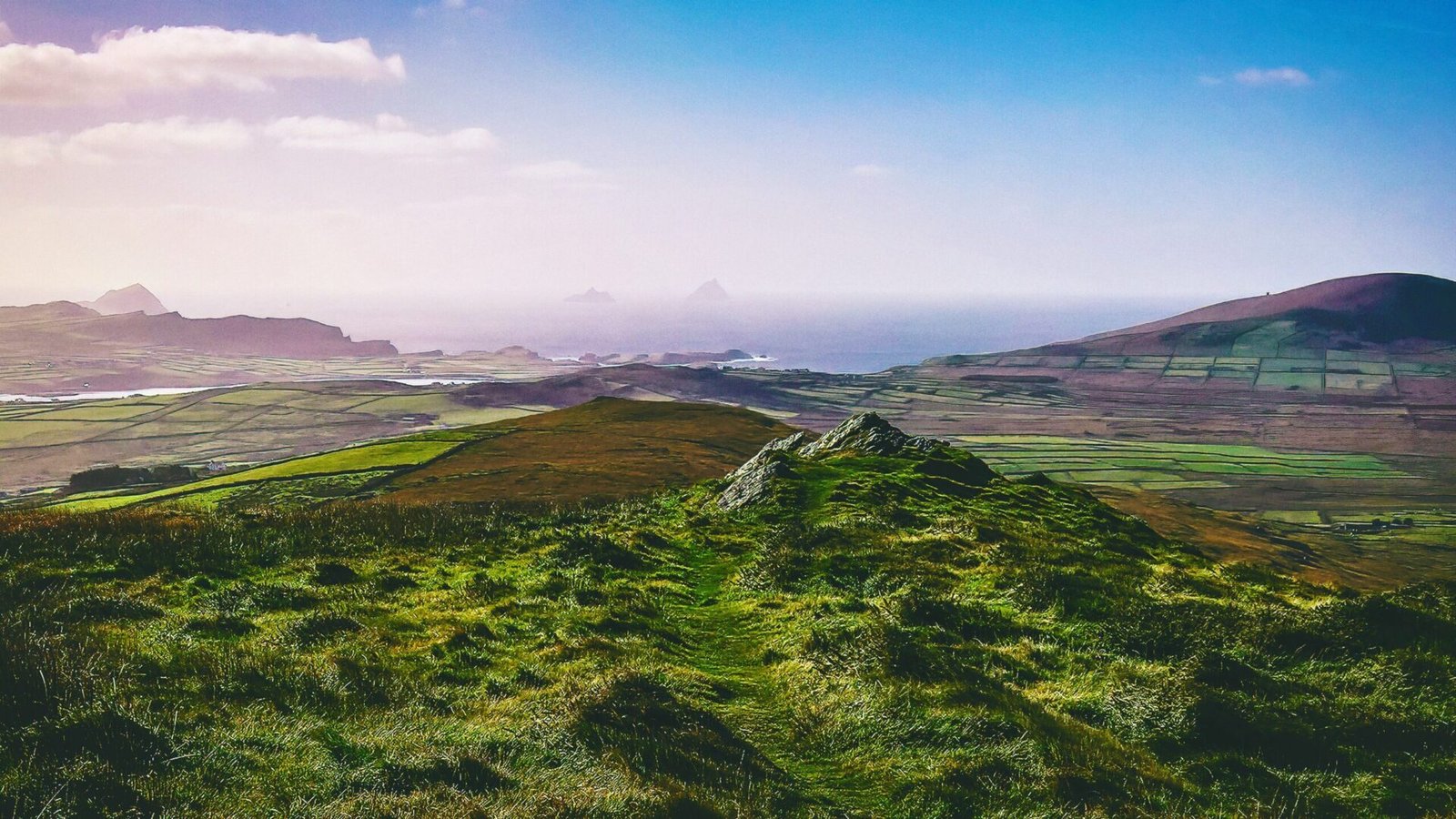Introduction to Mythological Context
Overview of the Significance of Mythology in Irish Culture
Irish mythology is a rich tapestry woven from the threads of ancient oral traditions, folklore, and the collective memory of a people. It serves not only as a repository of stories but also as a lens through which we can understand the cultural identity of Ireland. The myths of the Tuatha Dé Danann, the legendary race of supernatural beings, and the tales of heroes like Cú Chulainn and Fionn mac Cumhaill, are more than mere stories; they encapsulate the values, beliefs, and historical experiences of the Irish people.
In Ireland, mythology is deeply embedded in the landscape. Many geographical features—mountains, rivers, and ancient stone structures—are associated with mythological events or figures. This connection between myth and place is not just a matter of storytelling; it reflects a worldview that sees the land as alive with history and meaning. The stories of the gods and heroes have shaped the Irish psyche, influencing everything from art and literature to music and dance. They serve as cultural touchstones, reminding us of the shared heritage that binds the Irish people together.
The Role of Myth in Understanding Prehistory and Landscape
To fully appreciate the significance of Irish mythology, one must understand its role in illuminating the prehistorical landscape of Ireland. The myths act as a bridge, connecting us to a time when the boundaries between the natural and supernatural were fluid. They provide context for archaeological findings, offering narratives that help us interpret ancient sites and artifacts.
For instance, the Hill of Tara, a sacred site in County Meath, is steeped in mythological significance. It is often regarded as the seat of the High Kings of Ireland and is associated with the legendary figure of the Dagda, a god of fertility, agriculture, and strength. The myths surrounding Tara not only enrich our understanding of its historical importance but also highlight the spiritual connection the ancient Irish had with their landscape.
Archaeological evidence, such as burial mounds and stone circles, often aligns with the locations described in myth. These sites are not merely remnants of the past; they are active participants in the ongoing narrative of Irish culture. By exploring these connections, we gain insights into the rituals, beliefs, and societal structures of prehistoric Ireland.
The Dagda’s Harp: A Symbol of Power and Harmony
One of the most iconic figures in Irish mythology is the Dagda, often referred to as the Good God. He is depicted as a large, jovial figure, wielding immense power and wisdom. One of his most famous possessions is his harp, a magical instrument that could control the seasons and evoke deep emotions in those who heard it. The Dagda’s harp symbolizes not only the importance of music in Irish culture but also the interconnectedness of art, nature, and the divine.
In the myth, the Dagda’s harp is said to have the ability to summon the dead and bring joy or sorrow to the living. This duality reflects the complexities of life and the human experience. Music, in this context, becomes a conduit for emotional expression and a means of connecting with the spiritual realm. The Dagda’s harp serves as a reminder of the power of art to transcend time and space, echoing the ancient belief that music can heal, inspire, and unite.
The significance of the Dagda’s harp extends beyond its mythological context; it resonates with the Irish tradition of storytelling and song. The oral tradition has been a vital part of Irish culture, preserving history and mythology through generations. The harp itself has become a national symbol of Ireland, embodying the spirit of the Irish people and their enduring connection to their cultural heritage.
The Heroic Cycles: Legends of Valor and Identity
Irish mythology is also characterized by its heroic cycles, which recount the exploits of legendary figures like Cú Chulainn and the warriors of the Red Branch. These tales are not merely stories of adventure; they serve as allegories for the values and ideals that define Irish identity. Themes of bravery, loyalty, and honor permeate these narratives, reflecting the societal norms of ancient Ireland.
Cú Chulainn, perhaps the most famous hero of Irish mythology, embodies the warrior ethos. His story is one of fierce loyalty to his homeland and a relentless pursuit of justice. The tales of his exploits, including his defense of Ulster against overwhelming odds, resonate with the Irish spirit of resilience. Cú Chulainn’s legendary battles and tragic fate serve as a reminder of the complexities of heroism, where glory often comes at a great cost.
The heroic cycles also provide insights into the social structure of ancient Ireland. The relationships between kings, warriors, and the divine reveal a society that valued both individual prowess and communal responsibility. The myths serve as a historical record, offering glimpses into the governance, warfare, and cultural practices of the time.
Mythology as a Living Tradition
One of the most remarkable aspects of Irish mythology is its ability to adapt and evolve over time. While rooted in ancient traditions, these stories have been reinterpreted and reshaped through the centuries, reflecting the changing dynamics of Irish society. The revival of interest in folklore and mythology during the 19th and 20th centuries, particularly during the Celtic Revival, highlights the enduring relevance of these narratives.
Today, Irish mythology continues to inspire artists, writers, and musicians, serving as a wellspring of creativity. Festivals celebrating mythological themes, such as the annual Cú Chulainn Festival in County Antrim, bring these ancient stories to life, fostering a sense of community and cultural pride. The integration of mythology into contemporary art and literature underscores its role as a living tradition, one that continues to resonate with the Irish people.
Connecting Mythology to the Landscape
As you explore the Irish landscape, you’ll find that many locations are imbued with mythological significance. From the mystical Giant’s Causeway to the ancient passage tombs of Newgrange, each site tells a story that connects us to the past. These places are not just tourist attractions; they are sacred spaces that invite reflection and reverence.
Visiting these sites allows for a deeper understanding of the relationship between mythology and the landscape. The stories associated with these locations provide context for the archaeological features and natural wonders, enriching our experience of the land. Whether standing atop the Hill of Tara or gazing at the ancient stones of Drombeg, one cannot help but feel the weight of history and the echoes of myth that linger in the air.
In this way, Irish mythology serves as a guide, leading us through the landscape and connecting us to the stories that have shaped the Irish identity. Each mythological figure, each heroic tale, and each sacred site contributes to a broader understanding of what it means to be Irish, reminding us that the past is never truly lost but continues to inform our present and future.
Meta – Explore the rich tapestry of Irish mythology, focusing on the Dagda’s Harp and its connections to heroic cycles and significant historical sites.

